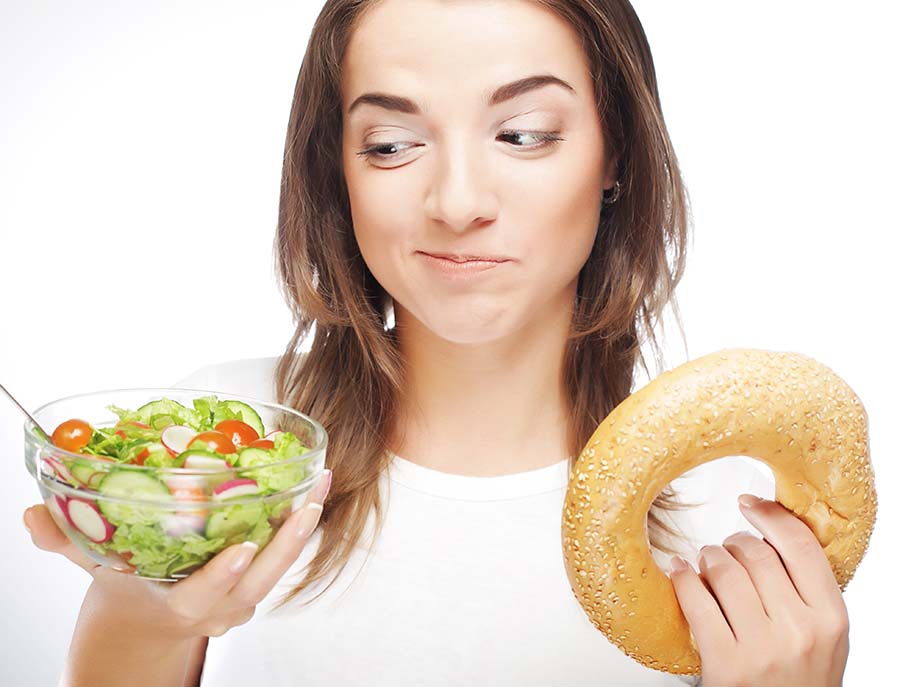When it comes to eating healthy, it can sometimes be confusing to know what you should or shouldn’t eat. It is especially hard now a day when there is so much information about what diet you should be on or what new superfood you should be binging. And despite the health benefits of fruits and vegetables, Americans are not eating enough daily. According to the Center for Disease Control, only 12.2% of adults meet the daily fruit intake recommendations and only 9.3% of their daily vegetable intake. Even if you manage to get the “five-a-day” and avoid the junk food aisle, there’s still a chance that you are loading your body with excess sugar and sodium.
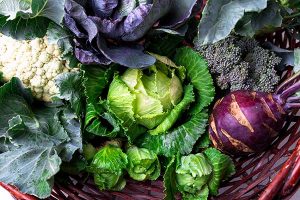
Veggies (good)
o Dark leafy greens: spinach, kale and mustard greens – some of the most nutrient packed goods on the planet, packed with vitamins and minerals.
o Cruciferous vegetables: Cabbage, broccoli and cauliflower are packed with antioxidants and are shown to reduce the risk of cancer (thanks to phytochemical sulforaphane).
Veggies (bad)
o Canned veggies: Thought convenient, canned veggies are often stripped of fiber and nutrients and are loaded with sodium. It’s better to reach for frozen veggies, they’re just as healthy as fresh because they are frozen at the site of harvest.
o Starchy Vegetables: Examples of these are corn, peas, potatoes, and pumpkin – they contain few vitamins and minerals and tend to be less fibrous than other non-starchy vegetables.
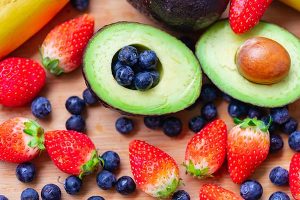
Fruits (good)
o Avocados: They might be high in fat, but it’s the kind of fat that is good for you (monounsaturated fatty acids). They’re also a great source of fiber, vitamin E, B vitamins, and potassium.
o Berries: They are high in vitamin C and low in calories, especially blueberries, which are rich in antioxidants and reduce the risk of some diseases, like heart disease and dementia.
o Frozen Fruit: The fruit is frozen at the source of harvest and contain only one ingredient: the fruit itself.
Fruits (bad)
o Drinks: Fruit drinks are often advertised as containing “real juice” and almost always contain very little or none at all. They are also processed and filled with sugar, empty calories, and contain very little fiber.
o Dried/canned: Fruit is already sweet and shouldn’t need to have to have any sugar added. Both dried and canned fruit usually contain a large amount of added sugars, like syrups, nectar, or honey. Portion control is important when consuming them.
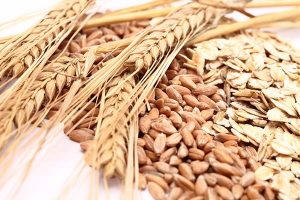
Grains (good)
o Whole Grains: The gluten-free lifestyle has taken over, even though unless you are diagnosed with celiac disease or gluten intolerance, you should technically be eating grains daily. Grains are fiber and help with your bowel movements. If you don’t eat enough, you could get… backed up.
o Ancient Grains: The Whole Grains Council defines ancient grains as grains that can trace their roots back to the beginnings of time. They include sorghum, teff, millet and of course, quinoa. These grains are rich in protein, calcium, fiber, and an amino acid called lysine, which helps burn body fat.
o Oats: Rich in omega-3 fatty acids, folate, fiber, and potassium. This makes them not only heart-healthy, but also helps lower cholesterol and burn fat.
Grains (bad)
o Refined Grains: This includes white bread, pasta, rice, pretzels. Essentially, with these grains, the bran and germ in the wheat is stripped away.
o Sugary Cereals: Let’s be honest with ourselves: who actually follows the serving sizes on cereal boxes? We grab a bowl, we pour a bunch in, and throw some milk on top. General serving sizes for cereals is half a cup.
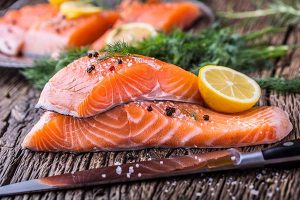
Protein (good)
o Fish: It’s full of omega-3 fatty acids, which helps reduce inflammation in the body, regulates blood pressure, and lowers the risk of many health conditions.
o Chicken: It has less saturated fat than red meat. It’s also an excellent source of niacin, which helps the body turn food into fuel.
o Tofu: Tofu contains 10 grams of protein per serving, which makes a great protein source for those who steer clear of meat.
o Nuts: Almonds, walnuts, cashews, and peanuts – heart-healthy fats, protein, vitamins, and minerals. But, it’s best to read them raw or dry-roasted.
o Eggs: Everything about an egg is good for you, even the yolk. Egg yolks are rich in vitamin E and choline, a nutrient that supports brain health and metabolism regulation.
Protein (bad)
o Red Meat: This includes beef, pork, and lamb and they’re full of cholesterol and saturated fat. Eating a lot of red meat leads to health conditions like heart disease and type 2 diabetes.
o Processed Meat: Deli meats, hot dogs, and sausages tend to be high in sodium, additives, and saturated fat. If you eat these regularly, you may increase the risk of heart disease and colorectal cancer.
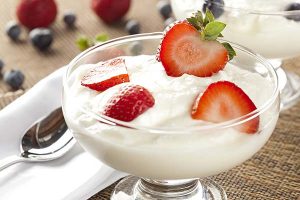
Dairy (good)
o Greek yogurt: It has twice the amount of protein as a regular dairy
o Cottage Cheese: This cheese is low in carbs, high in protein.
Dairy (bad)
o Flavored yogurt: Some flavored yogurts contain up to 30 grams of sugar (per 6 oz), and that complete defeats of the “healthy” aspect usually associated with yogurt.
o Processed cheese: These are those yellow squares of American cheese that were popular at one point. Stick to real stuff, seriously.
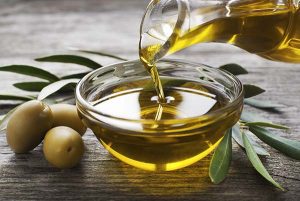
Fat (good)
o Olive Oil: May help reduce the risk of heart disease, stroke, type 2 diabetes, and osteoporosis. It is a staple in the Mediterranean diet, which research proves that following a Mediterranean diet (rich in olive oil) improves health.
Fat (bad)
o Trans fat: These are found in fried foods, baked goods, and processed snacks – all the stuff that’s good to eat, but not good for you.
(This list was compiled from information provided by: https://www.health.com/food/best-worst-food-choices)

